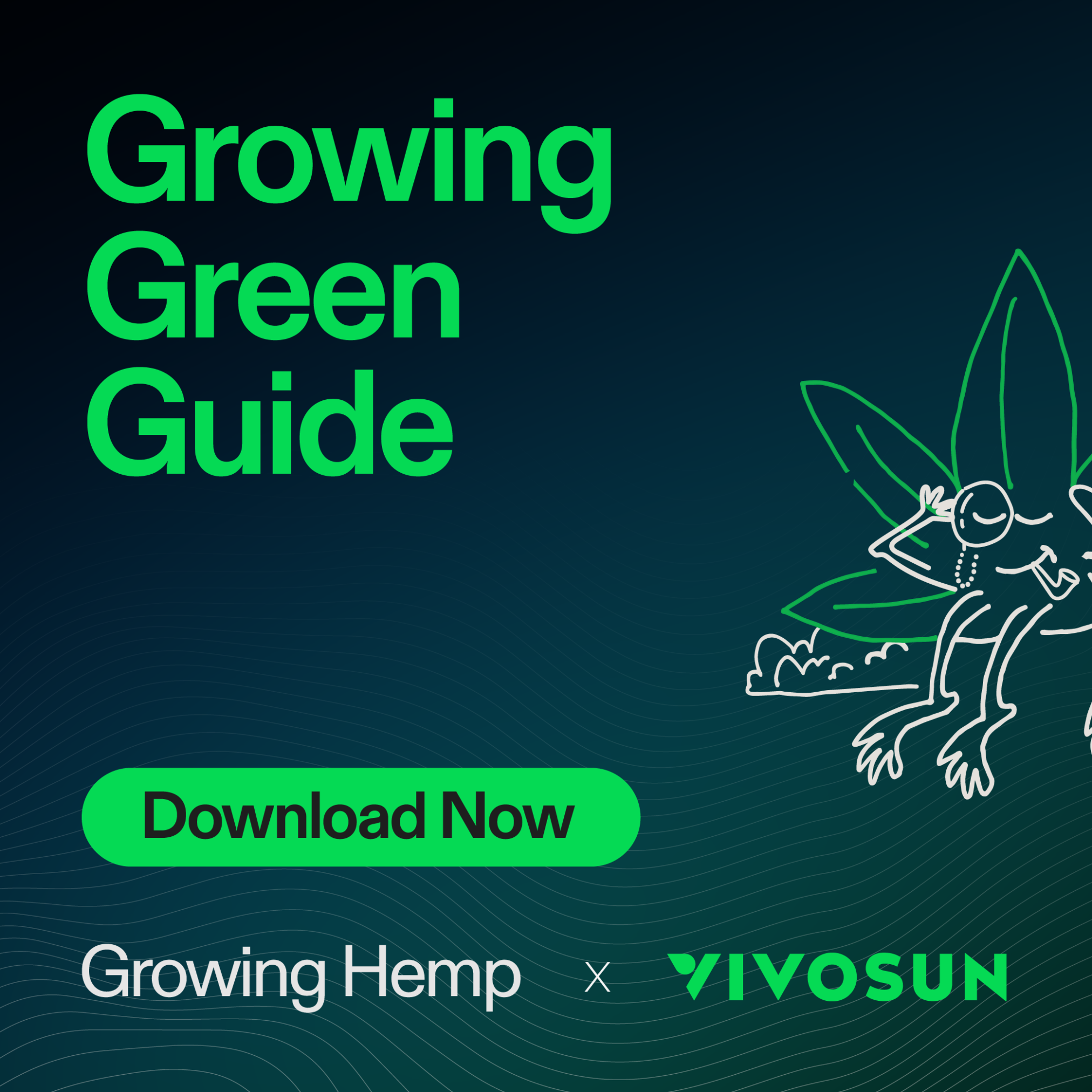Vegetative Stage Overview
The vegetative stage of cannabis growth focuses on developing strong stems, roots, and foliage. This stage typically lasts 4-7 weeks, depending on growing conditions and desired plant size. It’s crucial to control the plant size during the vegetative stage as the plant will generally double in size during flowering. Adequate lighting, nutrients, and training techniques are essential during this phase to maximize yield.
Light Cycle During Vegetative Stage
Photoperiod cannabis plants require more than 18 hours of light per day to maintain vegetative growth. A light cycle of 18 hours of light and 6 hours of darkness encourages robust vegetative growth and prepares the plant for the flowering stage. Although some growers use a 24-hour light cycle, it’s recommended to follow a natural cycle to avoid stressing the plants.
Plant Training Techniques During Vegetative Stage to Maximize Yield
Topping Technique
Topping is a plant training technique used to alter a plant’s natural growth pattern and boost yields. By pruning the growing tip at the top of the main stem, the plant redirects its energy to multiple side branches, promoting bushier growth.
Steps on How to Top:
- Make sure your plant has more than 6 nodes.
- Identify the main stem’s top node (the newest growth).
- Using sterilized scissors or pruning shears, cut just above the node, leaving a small stem section.
- Allow the plant to recover and observe the growth of two new main stems from the cut site.
Fimming Technique
Fimming is similar to topping but involves removing about 75% of the new growth at the top of the plant. This technique encourages the growth of multiple new shoots without fully removing the top.
Steps:
- Locate the newest growth at the top of the plant.
- Pinch or cut off about 75% of this growth.
- Monitor the plant as it produces multiple new shoots from the cut area.
Trimming
Trimming involves removing unnecessary leaves and branches to improve light penetration and airflow. This enhances plant health, reduces the risk of mold and pests, and promotes better bud development by allowing light to reach lower branches.
Steps on How to Trim:
- Locate the Leaves and Branches that are Unwanted:
- Leaves: Typically, these are large fan leaves that block light from reaching the lower parts of the plant. These leaves are not directly involved in the flowering process and can be removed to allow light to penetrate deeper.
- Branches: Often referred to as “sucker branches,” these are small, weak branches located at the lower parts of the plant that do not contribute significantly to the overall yield. Removing these branches helps direct the plant’s energy towards the more productive upper branches.
- Use Sterilized Tools:
- Use sterilized scissors or pruning shears to make clean cuts, reducing the risk of infection or disease.
- Remove Unwanted Parts:
- Carefully cut away the identified fan leaves and sucker branches. Ensure not to remove too many at once, which could stress the plant.
- Monitor Plant Health:
- After trimming, monitor the plant for signs of stress and ensure it recovers well, adjusting your trimming practices as necessary.
Low-Stress Training (LST)
LST involves gently bending and tying down branches to create an even canopy. This technique maximizes light exposure to all parts of the plant and promotes uniform growth.
Steps on Low-Stress Training(LST):
- Use soft ties or string to bend and secure branches to the edge of the pot or growing medium.
- Adjust ties regularly to maintain an even canopy as the plant grows.
Lollipopping During the Vegetative Stage
Lollipopping involves removing the lower branches and leaves that receive little light, focusing the plant’s energy on the upper, more productive branches.
Steps on How to Lollipop:
- Identify the Lower, Shaded Branches and Leaves:
- These are usually found below the 4th node of the plant.
- Remove the Unwanted Parts:
- Use sterilized scissors to carefully remove these lower branches and leaves. This ensures the plant’s energy is directed towards the top, more productive parts.
By following these steps, you can effectively lollipop your cannabis plants to promote better growth and yield during the vegetative stage.
Nutrients
During the vegetative stage, cannabis plants require a balanced supply of nutrients to support vigorous growth.
Recommended Product: Vivosun Nutrient Base A&B
- Base A: Provides essential macro-nutrients for strong stem and leaf development.
- Base B: Complements Base A with additional micro-nutrients and vitamins to enhance plant health.
Application:
- Follow the manufacturer’s instructions for mixing and application rates.
- Adjust nutrient levels based on plant response and growth stage.
Conclusion
The vegetative stage is the foundation of a successful cannabis grow, where the plant focuses on developing strong roots, stems, and foliage. By providing the right light cycle, nutrients, and employing training techniques like topping, fimming, LST, and lollipopping, growers can maximize the plant’s growth potential and prepare it for a high-yielding flowering phase. Proper trimming and training ensure better light distribution and airflow, leading to healthier plants with more bud sites. Following these best practices during the vegetative stage sets the groundwork for an abundant and high-quality harvest.








